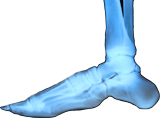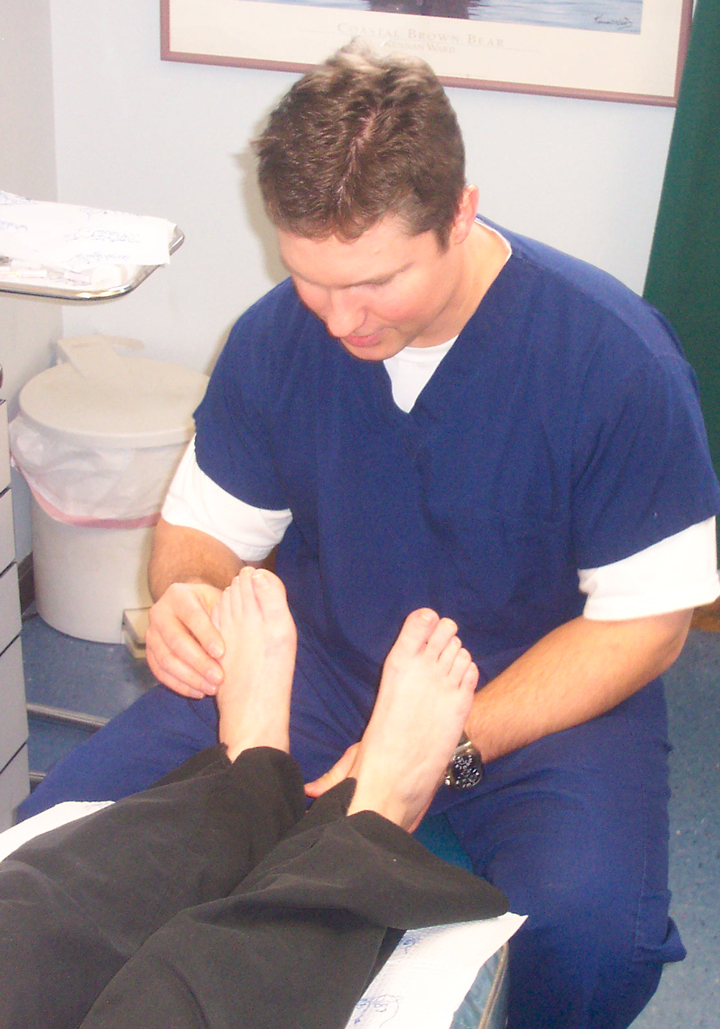
Affiliated Foot Care Center
Call 860•349•8500 or 203•294•4977

Haglund's deformity can occur in one or both feet. The signs and symptoms include:
Haglund's Deformity is a bony enlargement on the back of your heel that most often leads to painful bursitis, which is an inflammation of the bursa (a fluid-filled sac between the tendon and bone). In Haglund's deformity, the soft tissue near your Achilles tendon becomes irritated when the bony enlargement rubs against shoes.
Haglund's deformity is often called "pump bump" because the rigid backs of pump-style shoes can create pressure that aggravates the enlargement when you walk. In fact, the deformity is most common in young women who wear pumps. If you have this problem, you will notice bump on the back of your heel, pain in the area where the Achilles tendon attaches to your heel, swelling in the back of your heel, and/or redness near the inflamed tissue.
To some extent, heredity plays a role in Haglund's deformity. You can inherit a type of foot structure that makes you prone to developing this condition.
For example, high arches can contribute to Haglund's deformity. The Achilles tendon attaches to the back of the heel bone, and in a person with high arches, the heel bone is tilted backward into the Achilles tendon. This causes the uppermost portion of the back of the heel bone to rub against the tendon. Eventually, due to this constant irritation, a bony protrusion develops and the bursa becomes inflamed. It is the inflamed bursa that produces the redness and swelling associated with Haglund's deformity.
A tight Achilles tendon can also play a role in Haglund's deformity, causing pain by compressing the tender and inflamed bursa. In contrast, a tendon that is more flexible results in less pressure against the painful bursa.
Another possible contributor to Haglund's deformity is a tendency to walk on the outside of the heel. This tendency, which produces wear on the outer edge of the sole of the shoe, causes the heel to rotate inward, resulting in a grinding of the heel bone against the tendon. The tendon protects itself by forming a bursa, which eventually becomes inflamed and tender.
Dr. Fosdick can prescribe pain relief medications as well as topical creams to reduce the sensitivity of your skin. We can also give you a set of exercises proven to decrease the tendency to have heel pain in the future. We can prescribe custom orthotics to protect your heels. End your pain now by making an appointment.